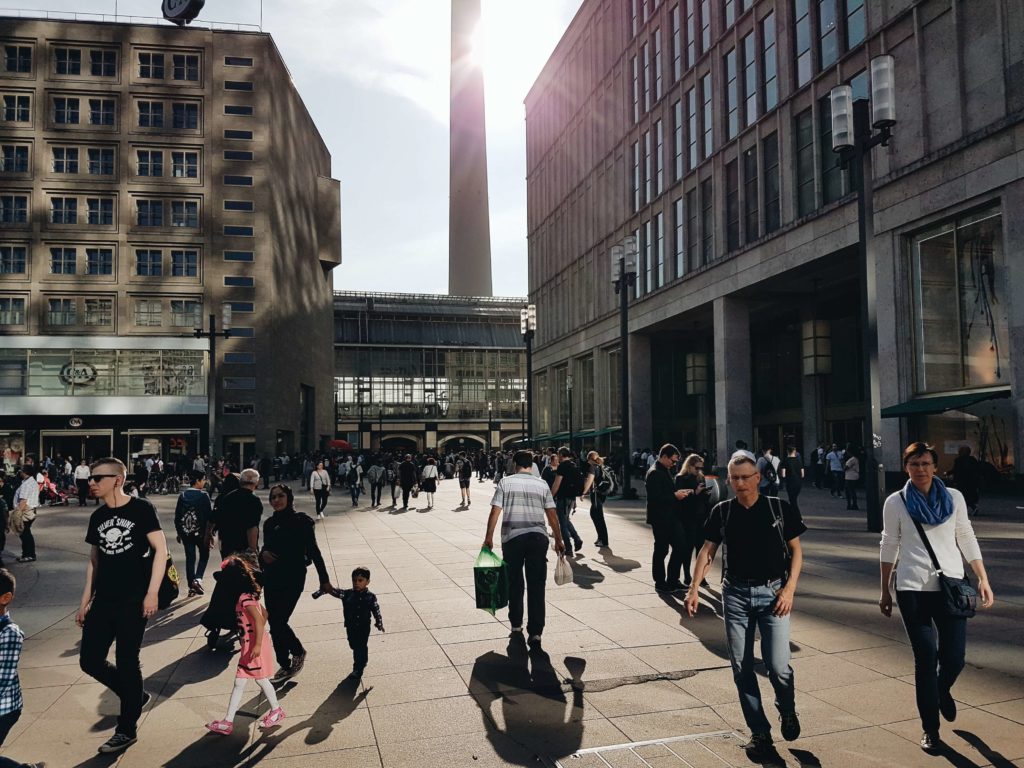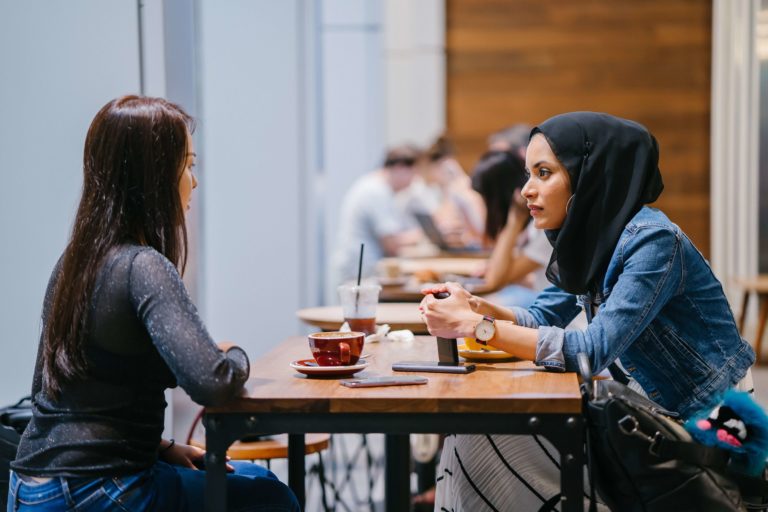As population, migration, urbanization increasingly forms a part of trending global issues, we see increased cases of multicultural families springing up in different corners of the city. More families face the challenge of confronting and relating with other people of different backgrounds, beliefs, and culture. Amongst other issues, this situation creates a need for inclusion and belonging for vulnerable families with diverse and unique backgrounds living in multicultural communities.
Initial struggles
While struggling with striking a balance between raising my son in the unique way that I understood parenting vs. the expectations of my new community, I tried to ensure that he behaved in certain ways that fit into societal expectations. I got agitated and confused when my then 1year old cried or threw tantrums in public. The stares and reactions from pedestrians would make me give up my right hand just so my son could stop crying. In the society where I grew up, it was totally normal to see a child crying in public because their parents refused to give them candies or just for no reason at all!
Coming from a less conservative and communal environment, it was certainly very difficult to adjust and adapt in a very conservative community where the priority was more on individuals. Amongst other things, I quickly learnt how to mind my own business after seeing how people react when you lend out a helping hand.

Finding outdoor activities that I could relate to was another big hassle for me. Activities such as Bike riding, walking in the forests, were in total contrast with my idea of social activities. What I had known as leisure activities were things like going out to the beach, hanging out with friends at the parks, dancing to hiphops and afrobeats, or simply chatting with friends. So I found myself in a community that had all kinds of activities but at the same time, I didn’t feel like I belonged. And even though I read, saw and even participated in discussions around diversity and inclusion, and building a community that works for everyone regardless of their race, sexuality, sexual orientation, religion, language; still, I didn’t find a place for myself in my new community.
So for all of these reasons, I found that I had become more introverted. I could stay indoors with my son for many days because simply put, there was just nothing to do outside in the cold!
First steps
Apart from the effects of raising a child who was constantly indoors and wasn’t enjoying so much social interactions except the unstable visits to the Kita in the midst of a pandemic, I was also a mum who constantly struggled to not fall into a depression. I always tried to stay strong just for my son. I knew he needed a healthy mum with a sound mind.
So, after two years of living in my own world, I (thankfully) recognized that there was a problem. I realized I couldn’t relate with the experiences of the people around me just as much as they couldn’t relate with mine. I realized that I had become so conscious of my own difference that it impacted how I perceived other people’s reaction towards me.

More importantly, I discovered that there were many insecurities I had internalized. After getting a few scornful stares and having other commuters in a bus suddenly changed their seats in the bus because a woman of color sat close to them, I had internalized the idea that I wasn’t good enough and that if I was going to belong in my new community, I had to act in accordance with societal expectations. Interacting with my community therefore became a daily challenge. I was having a struggle with social anxiety.
Because I needed to feel more in charge of my life, I decided I was going on a journey of internal development. Instead of withdrawing from the community, I recognized that I needed to embrace all of my emotions. And part of that was to recognize that I was different, that from time to time, I would encounter people who had conscious and unconscious bias about me. It was ok that I felt all of the emotions that came with experiencing social rejection from people who had no idea who I really was. By this action, I also developed a more compassionate response towards people who acted unkind to me. I sometimes saw beyond their actions and saw people who were perhaps lonely and struggling.
The journey had just started…
Building a flat for stereotypes in my head was not worth it. I decided to focus more on the people who smiled at me than I gave thoughts to those who had scornful stares. By shifting the focus from negative encounters to positive encounters, I developed a shift of mindset and I became happier.

Another healthy way I transitioned from feeling left out to having a sense of belonging was to reach out to more people. Every time I had that surge of desire to connect, I simply took advantage of it. I joined more social networks and met new people.
On one particular occasion, I discovered the Mello App and joined the Mello community! From taking this step, I got many more positive vibes than I would have imagined. My son and I finally got our first play date experience with another mum and her child! I also discovered some nice and welcoming playgrounds that hosted families of all backgrounds and class daily.
Looks like my decision to challenge myself in a way that seemed uncomfortable is paying off!
I should note however that this journey is still ongoing and in the midst of it all, I still struggle to take opportunities but still, I am unlearning and relearning many things.
On a final note, I realised that community builders often talk less about the aspect of internal development when having discussions on inclusion. We often talk about how we can help include every group in a community and while this is applaudable, we also need to incorporate the discussion on how to embrace diversity within ourselves. That until we embrace and accept our own internal struggles, we are less likely to embrace the diversity around us.
– By our amazing Ambassador Zainab Onikosi

